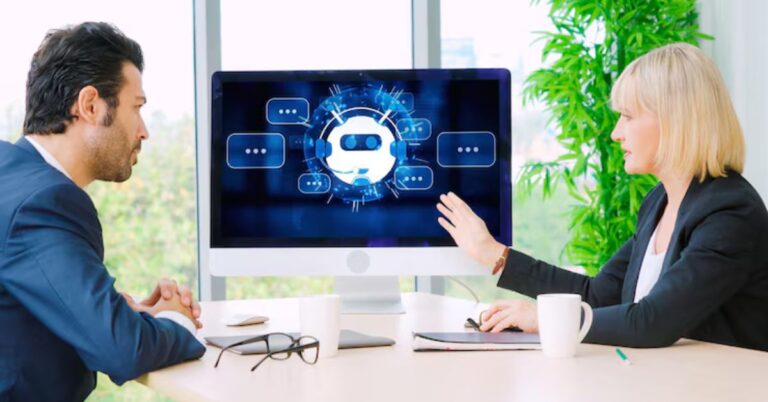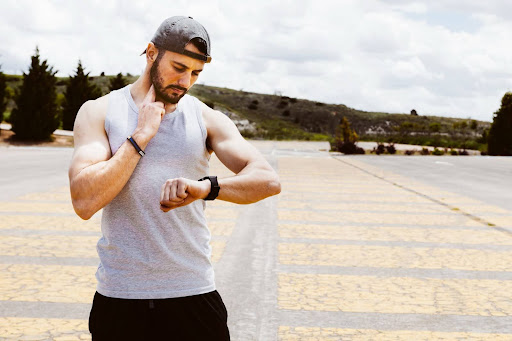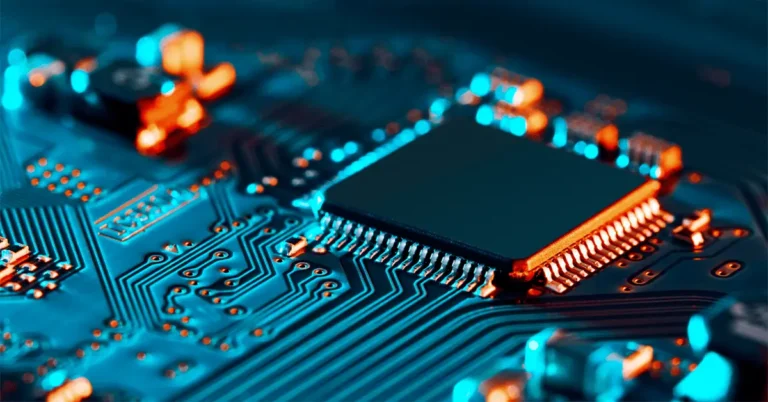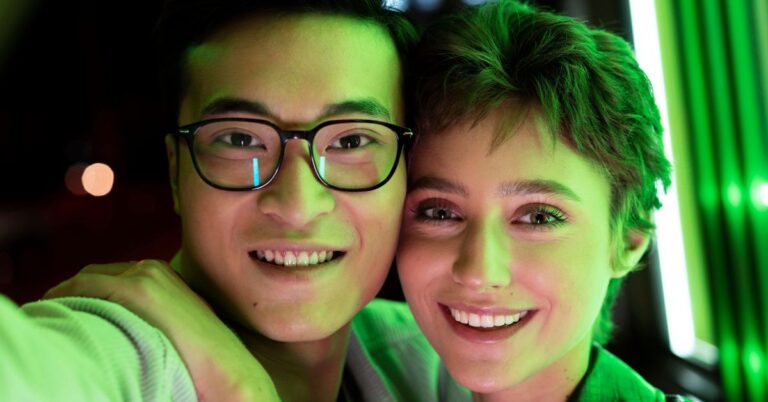How AI Is Revolutionizing Digital Content Creation Through Smart Editing Tools
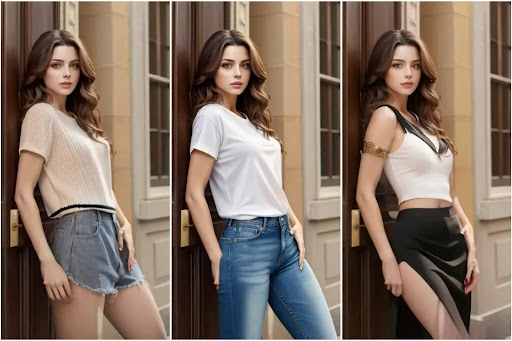
Introduction
The modern world puts a strong emphasis on the use of visual media: almost every content creator, influencer, or even a regular user of social media aims to attract the audience they are interested in. Regardless of whether it is a YouTube video, a post on Instagram, or a video on TikTok, there is an increasing need to have professional-looking visuals. Luckily, artificial intelligence (AI) has developed at high speed to make the creation of its content easy and efficient.
Advanced Artificial Intelligence has introduced various tools such as clothes changers, face swap apps, background erasers, and voice changers, and with these tools, users can make complicated edits with a couple of clicks. This article gives an insight into how AI is changing the world of video and photo editing and how it is changing digital storytelling of anyone making content, whether novice or professional.
AI-Powered Tools Transform the Editing Landscape
AI-assisted editing previously has been exclusively used by specialists running programs such as Photoshop or Final Cut Pro and whose functionality involves automatization of previously skilled-only course of action. Whether it is an AI filter that makes selfies look pretty, or a smart object remover that simplifies backgrounds, such features save time spent on editing on the one hand, and improve the quality of the final output on the other hand.
Among the most progressive artifacts in this genre, it is possible to distinguish the AI Clothes Changer, which allows the user to replace the outfit in the photo or video without having to retake the picture. It is a technology that relies on machine learning to identify the human position, lighting, and cloth texture generated reality. AI clothes changers are a game changer, and to fashion influencers, e-commerce models or simply those who wish to test new looks and styles with no need to put them on physically.
Simplifying Photo Retouching for Everyone
Photo retouching used in the past was a hands-on process that required fixing the exposure level, color grading, and skin smoothing among others; this process was not available to everyone, and usually, only a professional designer would have that skill. In the current setting, AI photo editors would do such enhancements automatically with minor user requirements. Anyone can just upload a picture and select a filter or effect and let AI work its magic.
The difference in AI photo retouching is context awareness. It does not merely apply blanket effects but analyses features of the faces being applied to light situations as well as composition. This will enable natural editing which does not deform the image. Consequently, AI retouching tools are gaining importance in social media content, product photography, and even on personal branding portraits.
Video Editing Made Smarter and Faster
Artificial intelligence has also given a huge boost in video editing. Video editors are no longer required to analyze hours of footage to come up with cuts and transitions and highlight reels since AI can do that now. Artificial intelligence-based tools can create subtitles automatically, align the background music to the tone of the video and even reframe the video to fit other media (such as YouTube to Instagram Reels). Motion tracking and scene recognition, as well, are powered by AI and make editing easier.
As an example, the editor could isolate a moving object and, with the application of AI, provide it with particular effects or blurs without any manual tracing of frames. The capabilities are especially essential to vloggers, advertisers, as well as short-form video creators requiring powerful imagery to be created at scale and at pace.
Realistic Face Swapping: Expanding Creative Possibilities
Some of the most interesting AI video editing trends are Face Swap technologies. It can result in a realistic and seamless swapping of the face of one person in a video or a photograph with another using this kind of tool. Face swap AI uses face manipulation based on deep learning and brained network to capture facial expressions, skin tones and lighting, to keep the appearance and movement natural in the content.
Face swapping is largely applicable in movies, memes or even in educational work. As an example, it allows one to recreate historical events and use actors in historic scenes or to make creators try their hand at celebrity appearances in fictional scenes. Nevertheless, the possibilities of the creative side are vast, but what has to be of great importance is using the face-swap technology responsibly and without evoking deception or harm.
Enhancing Personalization in Content Creation
AI tools do not only accelerate the editing process, they tailor it. AI can also learn to be personal to a user and can make edits based on their previous habits by using algorithms on large training data. Engagement metrics are even analyzed in some platforms to suggest the best thumbnails, captions or colours to use to have successful performance.
Suppose you post something, and immediate insight will suggest it: “This video can be better with a duration of 30 seconds,” or “Introduce this color filter to get more attention.” This information assists the makers of content in ensuring that they maximize their work to the consumers without any guessing or using trial and error. Personalization through AI can be used for branded content as well.
As another example, the e-commerce websites present a virtual try-on feature where the visual content of the product is customized according to consumers, and copy generators that utilize AI, change tone and language in order to target various markets. In brief, personalization makes digital content more humanized, since it requires the application of machines.
Future Trends in AI and Digital Media Creation
And in the future, AI in content will be even more important. Generative AI can already create original music and have used synthesized voices or even deepfake style animation with growing precision. In the near future, the entire usage of AI in videos is to be expected where scripts, voiceovers, visuals, and transitions are fully produced by machines out of several input prompts.
One of the new aspects that are becoming more popular is the virtual influencers, which are the computer-generated characters with their social presence. They mix fiction and reality and create even more possibilities in the promotion of brands and creative groups. In addition, editing in real time is also becoming a normal thing.
Creators will be able to edit, communicate and publish immersive content in real-time with the help of AI-enabled AR (augmented reality) and VR (virtual reality). It may be attending a virtual concert or 3D how-to, but the scope of what is possible in the digital user content is quickly growing.
Final Thoughts
With the use of AI, video and photo editing have become a revolutionized domain with tools available at the disposal of an amateur that are typically quicker, smarter, and accessible. Artificial intelligence is also changing the visual narrative, as it is being used in technologies that reinvent fashion content such as the AI Clothes Changer, as well as entertaining new technologies and applications such as Face Swap that stimulates the imagination.
In the case of the content creators, marketers and casual users the inclusion of these tools translates to their entry into a world where creativity is not bound by technical prowess or costly software. Because AI is constantly changing, there is one thing that we can definitely say and it is that the future of digital content creation is intelligent, personalized and virtually limitless.

